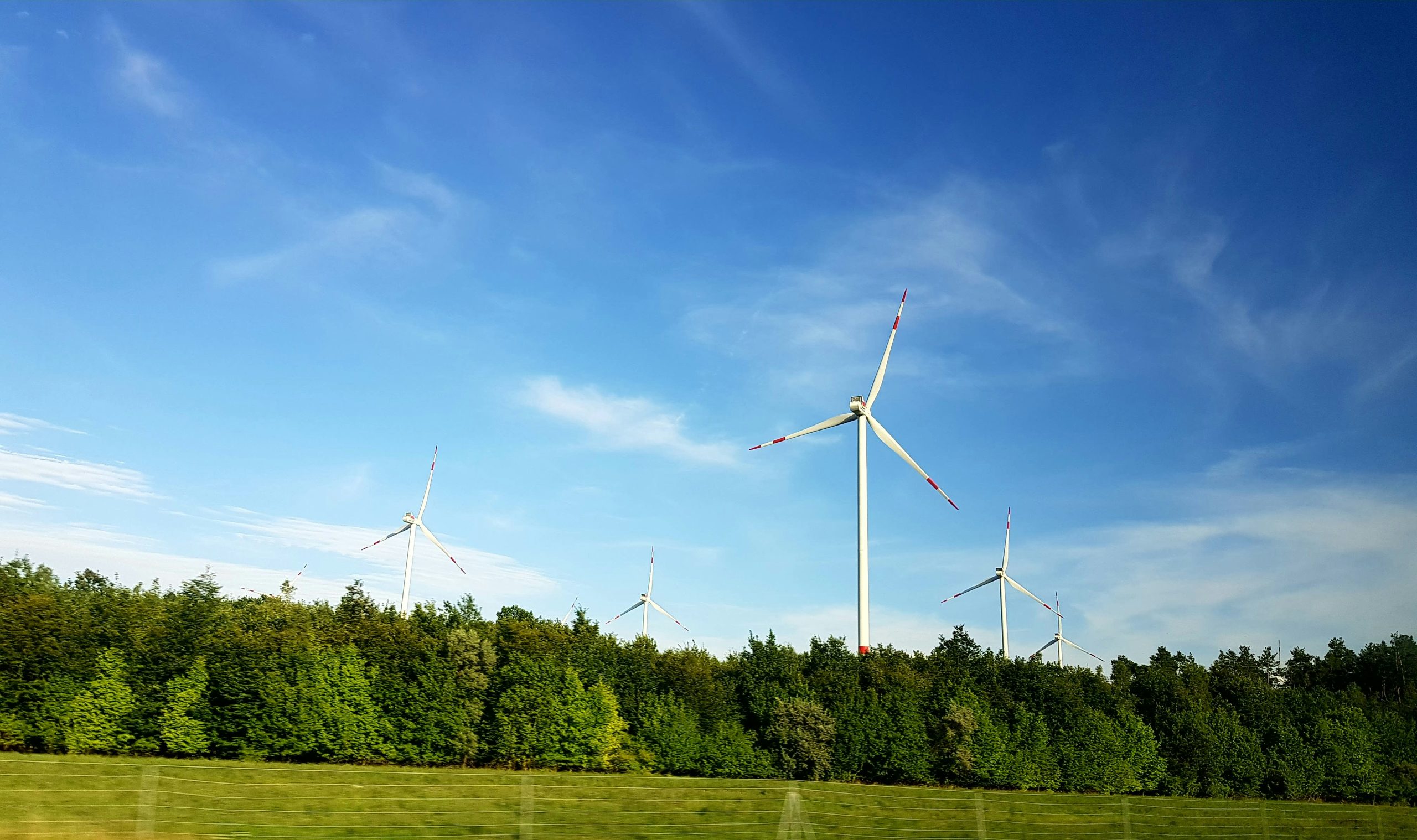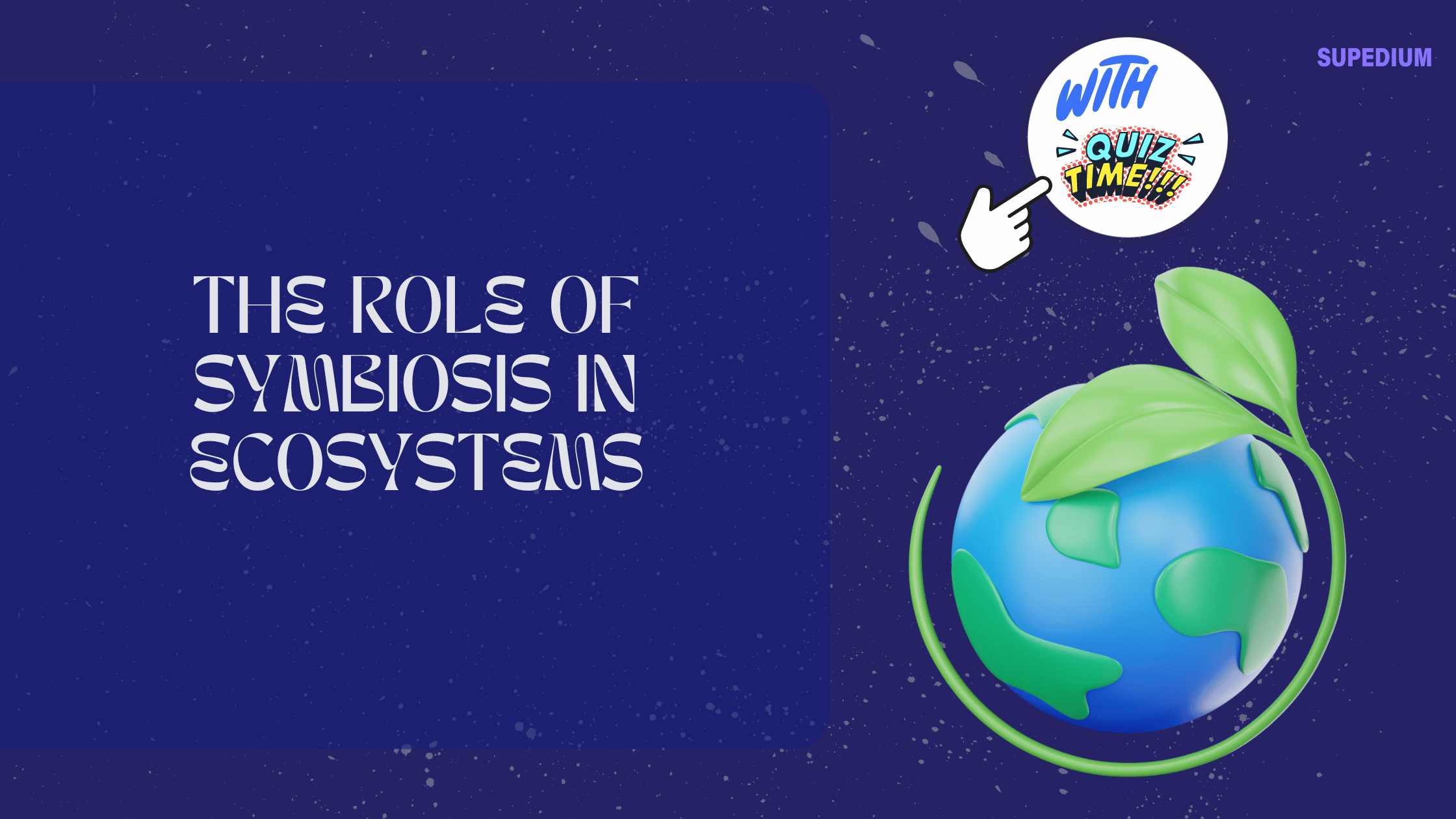Table of Contents
- 1 I. Introduction
- 2 II. Historical Context
- 3 III. Types of Renewable Energy Technologies
- 4 IV. Innovations and Breakthroughs
- 5 V. Economic Impacts
- 6 VI. Environmental Impacts
- 7 VII. Policy and Regulatory Framework
- 8 VIII. Challenges and Barriers
- 9 IX. Future Outlook
- 10 X. Conclusion
![]()
I. Introduction
Renewable energy refers to energy derived from natural sources that replenish themselves over short periods. This includes solar, wind, hydro, biomass, and geothermal energy. As the global demand for energy rises and concerns about climate change intensify, the development of renewable energy technologies has become increasingly critical. This article explores the historical context, types of renewable energy technologies, innovations, economic impacts, environmental considerations, policy frameworks, challenges, and future outlook in this vital sector.
II. Historical Context
A. Early Uses of Renewable Energy
Humanity has utilized renewable energy for centuries. Early civilizations harnessed wind power for sailing and milling grains. Additionally, solar energy was used in passive heating techniques, such as placing buildings to maximize sunlight exposure.
B. Industrial Revolution and the Shift to Fossil Fuels
The Industrial Revolution marked a significant shift toward fossil fuels, particularly coal and oil, driven by the need for increased energy to power machinery and transportation. This shift largely overshadowed the use of renewable energy sources.
C. Renewed Interest in Renewable Energy
The oil crises of the 1970s reignited interest in renewable energy as nations sought alternatives to reduce dependency on fossil fuels. This period led to initial investments in research and development for renewable technologies.
III. Types of Renewable Energy Technologies
A. Solar Energy
1. Photovoltaic (PV) Technology
Photovoltaic technology converts sunlight directly into electricity through solar cells. Advances in efficiency and production techniques have significantly reduced costs, making solar energy more accessible.
2. Concentrated Solar Power (CSP)
CSP utilizes mirrors or lenses to concentrate sunlight, producing heat that generates electricity. Recent innovations have improved efficiency and reduced costs, making CSP a viable option for large-scale energy generation.
B. Wind Energy
1. Onshore Wind Farms
Onshore wind farms consist of turbines located on land. Innovations in turbine design have led to increased efficiency and output, making wind energy a prominent player in the renewable sector.
2. Offshore Wind Farms
Offshore wind farms harness stronger and more consistent winds found over oceans. Despite challenges related to installation and maintenance, advancements in turbine technology are making offshore wind increasingly feasible and economical.
C. Hydropower
1. Traditional Hydropower Plants
Traditional hydropower plants utilize flowing water to generate electricity. These large-scale installations are effective but can have significant environmental impacts.
2. Small-scale and Run-of-the-River Systems
Small-scale hydropower and run-of-the-river systems offer sustainable alternatives, minimizing ecological disruption while providing renewable energy.
D. Biomass Energy
1. Sources and Conversion Processes
Biomass energy is derived from organic materials. Recent technological advancements have improved conversion processes, making biomass a more efficient energy source.
2. Biogas Production
Biogas is produced through the anaerobic digestion of organic matter. Innovations in this field have enhanced biogas production efficiency, offering a renewable energy source from waste.
E. Geothermal Energy
1. Mechanism of Heat Extraction
Geothermal energy taps into the Earth’s internal heat to generate electricity or provide direct heating. This stable energy source has seen technological advancements that enhance efficiency.
2. Enhanced Geothermal Systems (EGS)
EGS technology involves creating artificial reservoirs to access geothermal resources. This innovative approach has the potential to expand geothermal energy availability significantly.
IV. Innovations and Breakthroughs
A. Recent Technological Developments
1. Energy Storage Solutions
Energy storage technologies, particularly advanced batteries like lithium-ion and solid-state batteries, have revolutionized the integration of renewable energy into the grid by addressing intermittency issues.
2. Smart Grids and Energy Management Systems
Smart grids utilize digital technology to enhance electricity distribution, improving efficiency and reliability. These systems enable better management of renewable energy sources.
B. Integration of AI and Machine Learning
Artificial intelligence and machine learning are being leveraged to optimize energy systems, predict energy production and demand, and enhance maintenance protocols, improving overall efficiency.
V. Economic Impacts
A. Cost Trends in Renewable Energy
The costs of renewable energy technologies have dropped dramatically over the past decade. Solar and wind energy are now among the most affordable electricity sources, often competing directly with fossil fuels.
B. Job Creation in Renewable Energy Sectors
The transition to renewable energy has created millions of jobs in manufacturing, installation, and maintenance, contributing to economic revitalization, particularly in rural areas.
VI. Environmental Impacts
A. Reducing Greenhouse Gas Emissions
The adoption of renewable energy significantly lowers greenhouse gas emissions compared to fossil fuels, playing a crucial role in combating climate change.
B. Land Use and Biodiversity Considerations
While renewable energy sources are more environmentally friendly, they can still impact land use and biodiversity. Careful planning and technology advancements aim to minimize these effects.
C. Life Cycle Analysis of Renewable Technologies
Life cycle assessments consider the environmental impacts of renewable technologies from production to disposal. These analyses help identify areas for improvement and ensure sustainable practices.
VII. Policy and Regulatory Framework
A. International Agreements and Commitments
Global efforts, such as the Paris Agreement, aim to promote renewable energy development and establish emissions reduction targets for participating nations.
B. National Policies and Incentives
Many countries have implemented policies to encourage renewable energy adoption, including subsidies, tax incentives, and renewable portfolio standards (RPS) that mandate a certain percentage of energy come from renewable sources.
VIII. Challenges and Barriers
A. Technological Challenges
Despite advancements, renewable energy technologies face challenges such as intermittency, the need for energy storage solutions, and infrastructure limitations.
B. Financial and Investment Barriers
High upfront costs and competition with subsidized fossil fuels can deter investment in renewable technologies. Creating stable and supportive market conditions is essential.
C. Public Perception and Acceptance
Public misconceptions and NIMBYism (Not In My Backyard) can hinder the development of renewable projects. Education and community engagement are vital to overcoming these barriers.
IX. Future Outlook
A. Trends in Research and Development
Ongoing research and development will continue to drive innovation in renewable energy technologies, focusing on improving efficiency, reducing costs, and enhancing integration into existing systems.
B. The Role of Renewable Energy in Global Energy Transition
Renewable energy is poised to play a crucial role in the global transition to a sustainable energy future, addressing energy security and climate change challenges.
C. Potential for Breakthrough Innovations
Emerging technologies, such as advanced nuclear power and next-generation battery technologies, could complement renewable sources and further revolutionize the energy landscape.
X. Conclusion
The development of renewable energy technologies is vital for achieving a sustainable energy future. As costs decrease and technological advancements continue, the role of renewables in the global energy mix will expand. Continued investment, supportive policies, and public engagement are crucial to overcoming challenges and realizing the full potential of renewable energy.
Share This





Be the first to comment